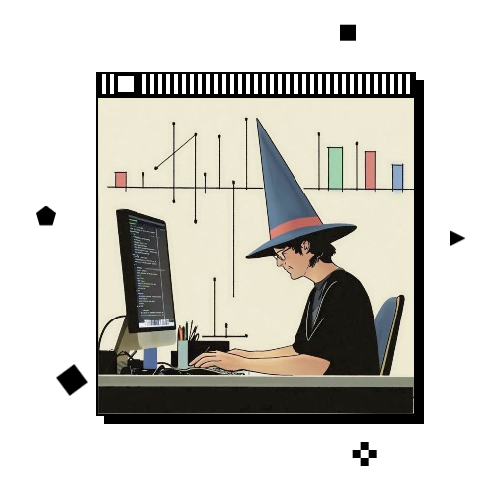Six AI recipes for the modern journalist
Rui Barros

Rui Barros
- Senior Data Journalist at Público
- - ruibarros.me
- - rui.barros@publico.pt
Slides and code

AI
AI in a Newsroom
- Improve things that still aren't good enough
- Writing code faster/ prototype faster
- Newsroom tool development

What a lot of people don't get about LLM's
1.
It's an API 🥂
2.
AI can have personality and be personalized
Data journalism expert
"Regular journalism" expert
3.
LLM's are all about probabilities
Ok, but what does it has to do with data journalism?
🍰 6 AI recipes for the modern data journalist
Heavily inspired by the Building effective agents by Anthropic
Prompt Chaining
A workflow where the output of one LLM call becomes the input for the next. This sequential design allows for structured reasoning and step-by-step task completion.
Prompt Chaining
- - Generating investigative findings summary, then adapting it for different publication formats
- - Creating an investigation outline, validating it meets journalistic standards, checks if there is any data available and generates a methodology
- - Generate custom tooltips for a map visualization
Routing
A workflow where user input is classified and directs to a specific task (a cheaper model?, a specific prompt?). This allows you to optimize for many inputs in isolation.
Routing
- - The newsroom gets big amount of FOIA requested documents. But each document type requires a different analysis approach.
- - You are building a claim verification tool. Some claims might need a special service like consensus.app, others need to fetch Eurostat data...
Parallelization
The user's prompt is passed to multiple LLMs simultaneously. Once all the LLMs respond, their answers are all sent to a final LLM call to be aggregated for the final answer.
Parallelization
- - Have multiple kind of "editors" reading your piece and giving feedback;
- - Different "experts" "reading" government contracts and giving feedback on their area of expertise;
Orchestrator
LLM breaking down the task into subtasks that are dynamically determined based on the input. These subtasks are then processed in parallel by multiple worker LLMs
Orchestrator
- - The orchestrator creates a plan to create the amount of workers it needs to create the best methodologies for your story.
- - An orchestrator is instructed to create the amount of workers it needs to have a full data journalism story on wildfires.
Evaluator-optimizer
An LLM performs a task, followed by a second LLM evaluating whether the result satisfies all specified criteria.
Evaluator-optimizer
- - Build a scraper that collects data from mutiple sources. You know the output you want, but but the data is so messy that the model will need to "adapt"
Autonomous Agent
LLMs act autonomously within a loop, interacting with their environment and receiving feedback to refine their actions and decisions.